
The painting "The Scream" by Edvard Munch is a terrifying prophetic symbol of the 20th century
"The Scream" is a painting created by the astonishing artist Edvard Munch. The work reflects the emotional state of the author, arising from contemplation of nature. The canvas clearly depicts three main areas. The first is a bridge, stretching at an angle from the left and filling the entire foreground. The second area consists of a coastal landscape and hilly plains. Finally, there is the sky, marked by curved broad strokes in orange, yellow, crimson, and blue-green colors. The foreground connects with the background, and the undulating lines of the hills cut into the heavenly flashes. The strict linearity of the bridge railing contrasts with the forms of the landscape. The depictions of people in the background are elongated and seem to dissolve in the air. The contours of the figure in the foreground are curved and blend with the distorted natural background, allowing Munch to connect the main character with the surrounding space. When looking at the painting, the viewer is overwhelmed by a sense of universal agony. The artist seems to foresee the impending catastrophe awaiting humanity in the 20th century. Despite the simple color palette and highly simplified depictions, the master accurately conveys the deep emotions of the character: despair, horror, and loneliness. With minimal artistic means, the author managed to portray the helplessness of people in the face of the hostile forces of nature.
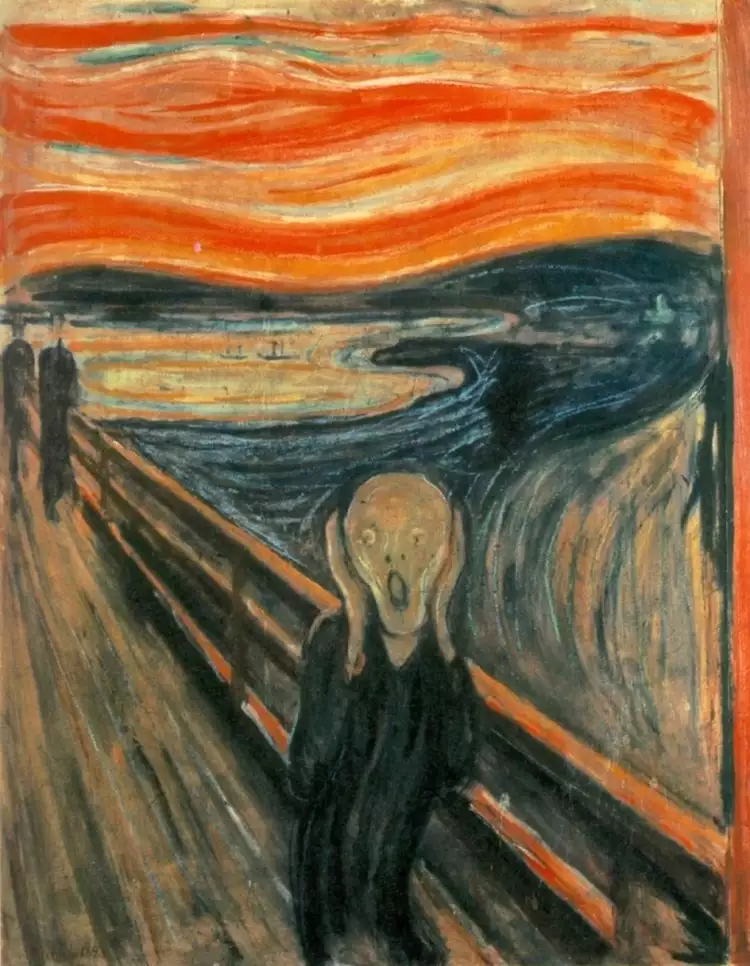 Edvard Munch. The Scream, 1893
Edvard Munch. The Scream, 1893
- Title of the painting: "The Scream" (Norwegian: "Skrik").
- Artist: Edvard Munch (1863-1944).
- Year of creation: 1893.
- Size: 91 x 73.5 cm.
- Style: Expressionism.
- Genre: Landscape.
- Technique: Oil, tempera, pastel.
- Material: Cardboard.
- Location: National Gallery, Oslo, Norway.
Edvard Munch was a brilliant painter and graphic artist, one of the pioneers of expressionism, active at the turn of the 19th and 20th centuries. The theme of his works revolved around life, death, and fear. The artist expressed his anxious feelings by rejecting established art styles and movements. His artistic methods were characterized by radicalism, extreme perspectives, contrasting color transitions, and landscape sketches dissolving in swirling lines.
The origins of the subject matter are reflected in the diary entries of the genius. During an evening walk along the bay in southeastern Norway, the artist noticed that the clouds were "colored blood-red." It seemed to him as though a painful scream emanated from the sky. This mystical sound became a recurring theme in Munch's work throughout his life. He persistently repeated the mysterious motif in subsequent artworks. There are several variations of the composition that embodied the soul's pain and existential terror. The most famous are four versions: two pastel works, one oil painting, and a lithograph created by the master between 1893 and 1917.
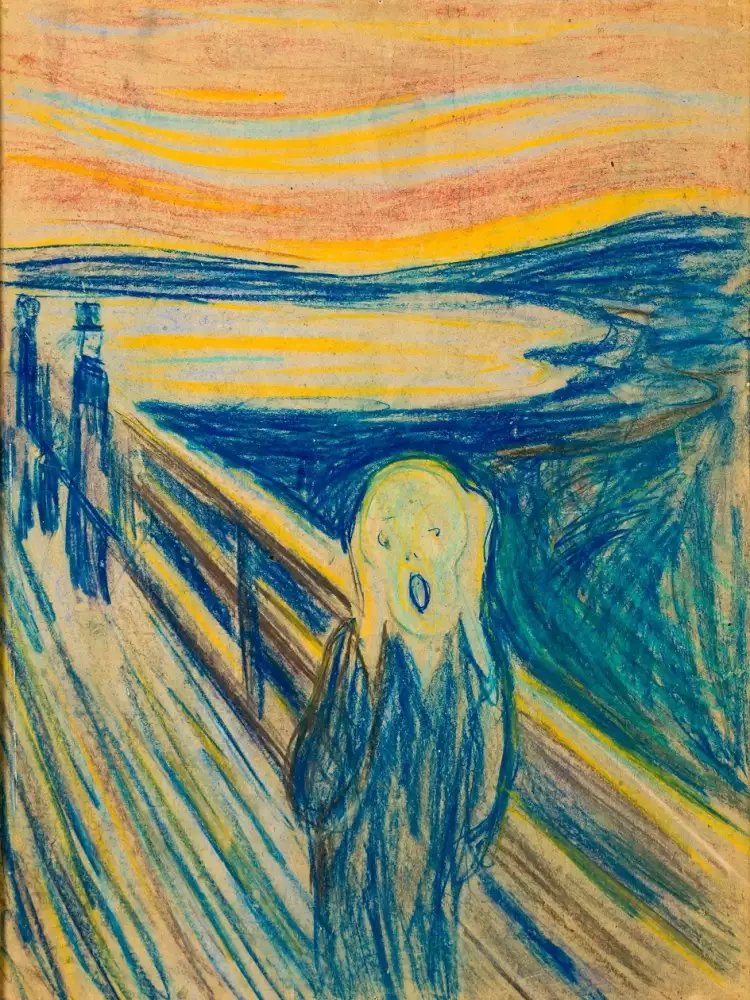 Edvard Munch. The Scream, pastel, 1893
Edvard Munch. The Scream, pastel, 1893
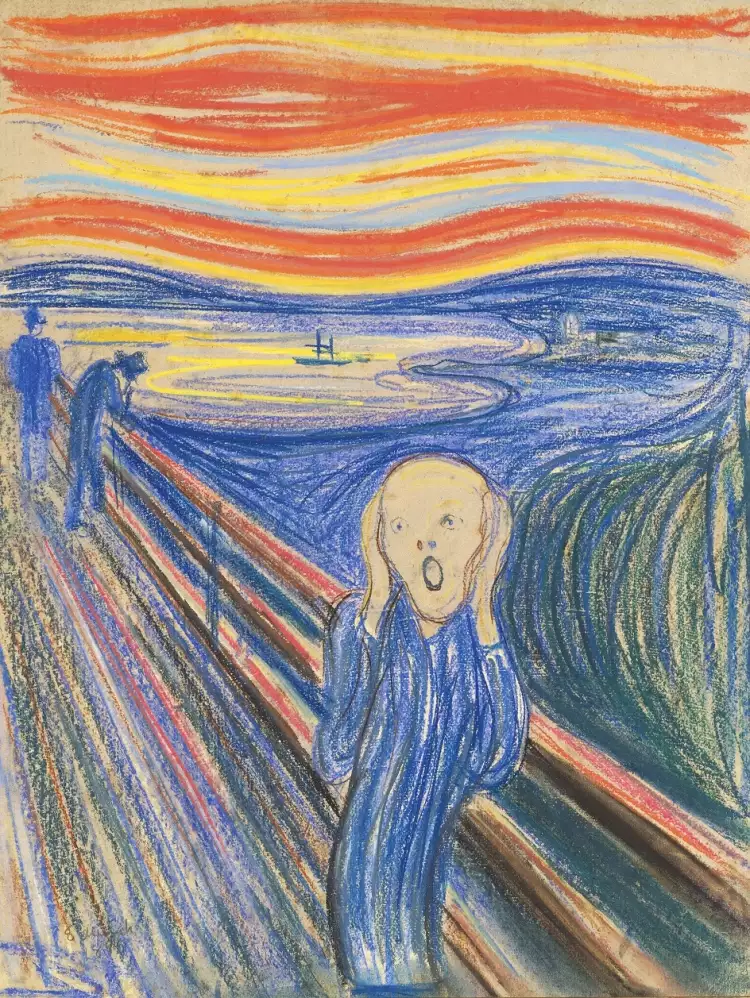 Edvard Munch. The Scream, pastel, 1895
Edvard Munch. The Scream, pastel, 1895
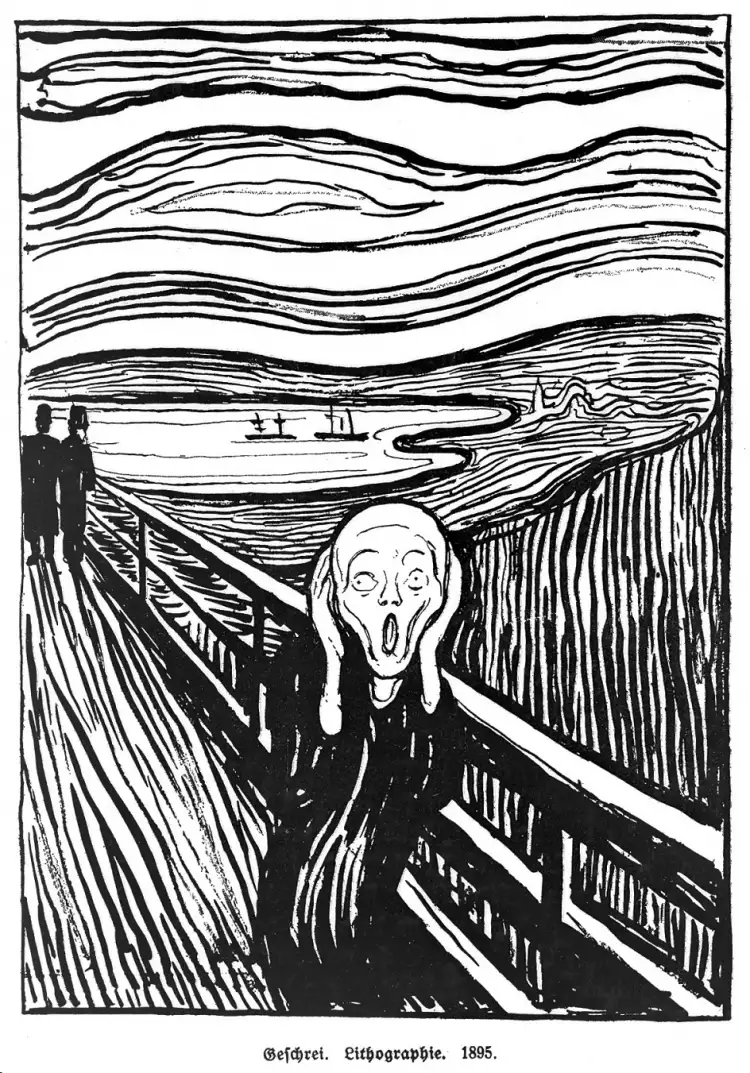 Edvard Munch. Lithography The Scream, 1895
Edvard Munch. Lithography The Scream, 1895
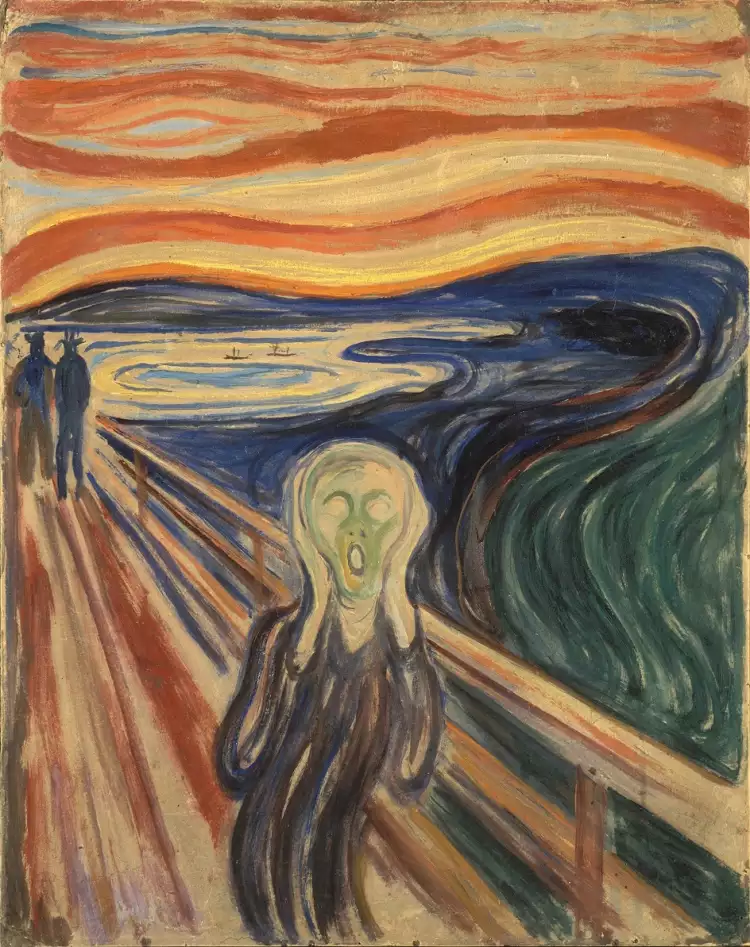 Edvard Munch. The Scream, 1910
Edvard Munch. The Scream, 1910
Munch's biographers explain the nature of the sound that the painter could hear on the shore of the bay in Oslo with real reasons. Within audible range of the depicted location in the painting, there was a slaughterhouse, and nearby was a mental clinic where the artist's sister was being treated. Thus, it can be concluded that the artwork is based on the author's personal traumatic experiences.
Edvard Munch's painting "The Scream," which appeals to hidden human emotions, had a significant influence on art. The image of the screaming protagonist became iconic in expressionism and entered popular culture as a symbol of horror and despair.
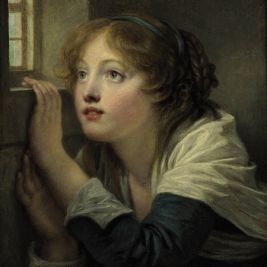 Sentimentalism in Painting: Heartfelt Emotions and Sensitive Subjects
Sentimentalism in Painting: Heartfelt Emotions and Sensitive Subjects  Romanticism style in interior design is characterized by classical elegance, softened with colors and lace
Romanticism style in interior design is characterized by classical elegance, softened with colors and lace 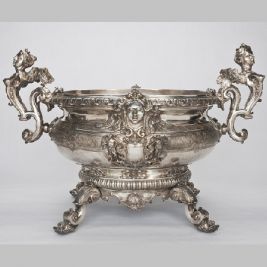 English Silver Tableware - History, Fashion, and Styles
English Silver Tableware - History, Fashion, and Styles 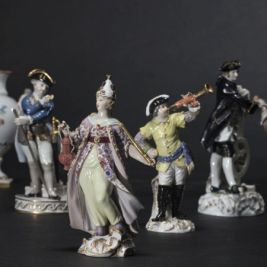 Online auction at HERMANN HISTORICA 8-13 July 2024: Kunst, Antiquitäten & Antiken
Online auction at HERMANN HISTORICA 8-13 July 2024: Kunst, Antiquitäten & Antiken  Antique arms and armour from all over the world
Antique arms and armour from all over the world 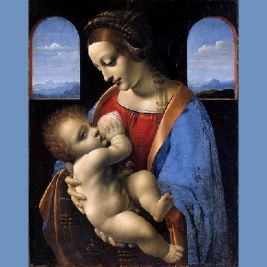 Renaissance is an era of great names
Renaissance is an era of great names 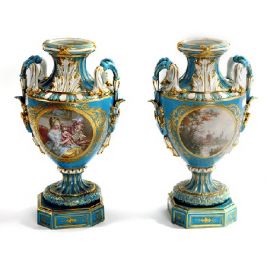 French Porcelain: History of Development and Top Manufactories
French Porcelain: History of Development and Top Manufactories 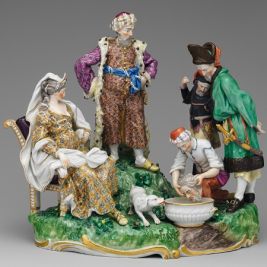 Frankenthal Porcelain: a rarity worthy of museum collections
Frankenthal Porcelain: a rarity worthy of museum collections  Landscape - a genre in painting: views, history, evolution
Landscape - a genre in painting: views, history, evolution 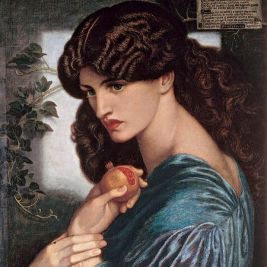 Pre-Raphaelites - the romantics of Victorian England
Pre-Raphaelites - the romantics of Victorian England